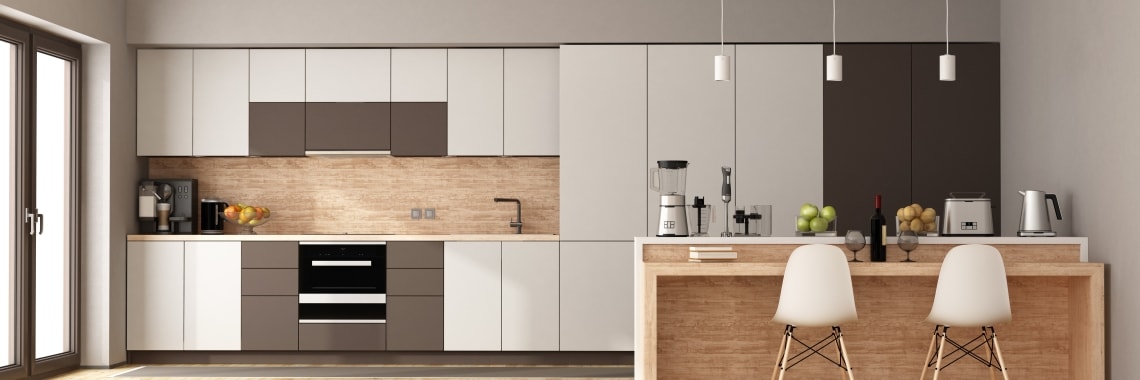Matter
continues to gain momentum in the market, unifying smart home devices with a
common application layer protocol and enabling seamless interoperability.
However, with over half a billion chipsets shipped, Zigbee has a large footprint of
existing devices deployed in the smart home.
When developing Matter, the
Connectivity Standards Alliance built in support for bridge devices to provide
a method for connecting non-Matter devices to the Matter fabric. As shown
below, a Matter to Zigbee bridge allows Zigbee devices to interact with
devices on the Matter fabric and Matter devices to interact with devices on
the Zigbee network.
 Matter bridges allow existing Zigbee devices to interact with the Matter
fabric.
Matter bridges allow existing Zigbee devices to interact with the Matter
fabric.
For example, a Matter to Zigbee bridge might support bridging three Zigbee
device types—light bulbs, smart blinds and smart plugs. The Matter
specification describes how to map the Zigbee devices onto the Matter fabric
as bridged Matter devices. To the end user, and other Matter devices, the
Zigbee light bulbs, smart blinds and smart plugs would each appear as Matter
devices. This brings new capabilities to existing Zigbee devices, as they can
be automated and interact with newer Matter devices with many of the benefits
users appreciate from Matter. In addition, bridge capability can be included
in new hubs and gateways or added to existing ones through a software update,
giving users an easy way to add their Zigbee devices to Matter.
 A simple bridge with support for three device types.
A simple bridge with support for three device types.
For users, bridges bring new capabilities to their existing devices. For
developers, creating bridges can quickly become complex. The Matter specification outlines how
non-Matter devices need to be mapped onto the Matter fabric. Each bridged
device is added to the Matter fabric as an endpoint with a Matter bridged node
device type that matches what the bridged device is. However, translating
Matter to Zigbee, or any other bridged network, is up to the developer. For
most users, a bridge needs to not only map Zigbee devices to Matter, but also
maintain their grouping and map Matter devices to the Zigbee
network. As shown in the below example, if a user wants to have a Zigbee light
switch control a Matter light bulb, with both devices in the kitchen, the bridge functionality becomes quite complicated.
 An advanced Zigbee bridge that maintains device grouping and allows Zigbee
devices to interact with Matter devices.
An advanced Zigbee bridge that maintains device grouping and allows Zigbee
devices to interact with Matter devices.
Fortunately for developers, NXP offers example software for Matter to Zigbee
bridges. Our example software includes full documentation and is open source,
allowing developers to customize it for their end applications. In addition,
NXP offers a wide range of hardware solutions for both Linux and RTOS based
designs. Combined with an MCX W71 Multiprotocol Wireless MCU, the RW612 Wi-Fi 6 Tri-Radio MCU
enables a bridge to include Wi-Fi 6, Bluetooth LE, Thread and Zigbee connectivity while using an RTOS based software solution. For Linux designs, NXP’s i.MX 93 Applications Processor, combined with an MCX W71
and IW612 Wi-Fi 6 Tri-Radio Solution, offers a high-performance bridge solution.
 NXP’s RW612 and MCX W71 offer a RTOS based bridge solution.
NXP’s RW612 and MCX W71 offer a RTOS based bridge solution.
 The i.MX 93 combined with an MCX W71 and IW612 provides a high-performance Linux based
bridge.
The i.MX 93 combined with an MCX W71 and IW612 provides a high-performance Linux based
bridge.
Interest and adoption of Matter
continues to grow, yet users with many existing smart home devices may be
hesitant to adopt the new standard. Matter to Zigbee bridges reduce this
hesitancy, adding new abilities to existing Zigbee devices and opening the door to users adding new Matter devices to
their smart home.






